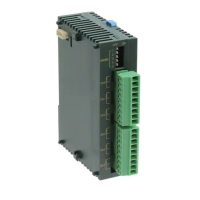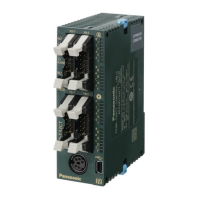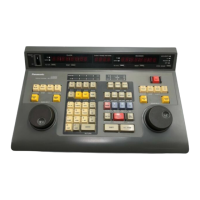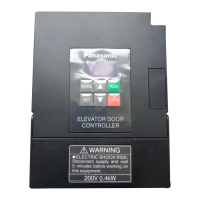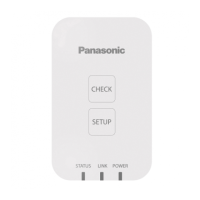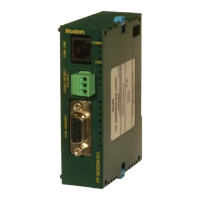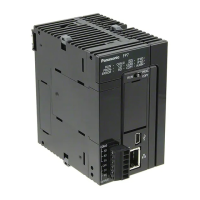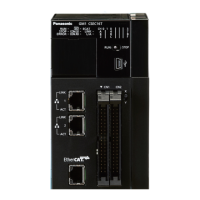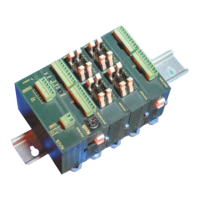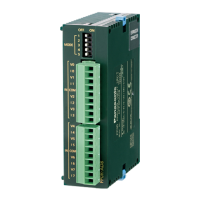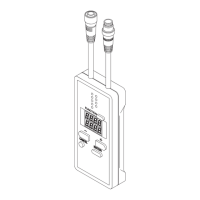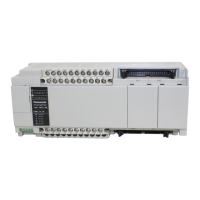Why is the PV Display indication irregular or unstable on my Panasonic Controller?
- AantoniogillAug 18, 2025
If the PV Display on your Panasonic Controller shows an irregular or unstable indication, consider the following: * **Incorrect Sensor Input/Temperature Unit:** Ensure the correct sensor input and temperature unit ( or ) are selected. * **Unsuitable Correction Coefficient/Value:** Set the sensor correction coefficient or value to suitable values. * **Incorrect Sensor Specification:** Verify that the sensor specifications are appropriate and use a sensor with appropriate specifications. * **AC Leakage:** AC may be leaking into the sensor circuit. Use an ungrounded type sensor to resolve this. * **External Interference:** Nearby equipment may be causing interference or noise. Keep the instrument clear of any potentially disruptive equipment.



